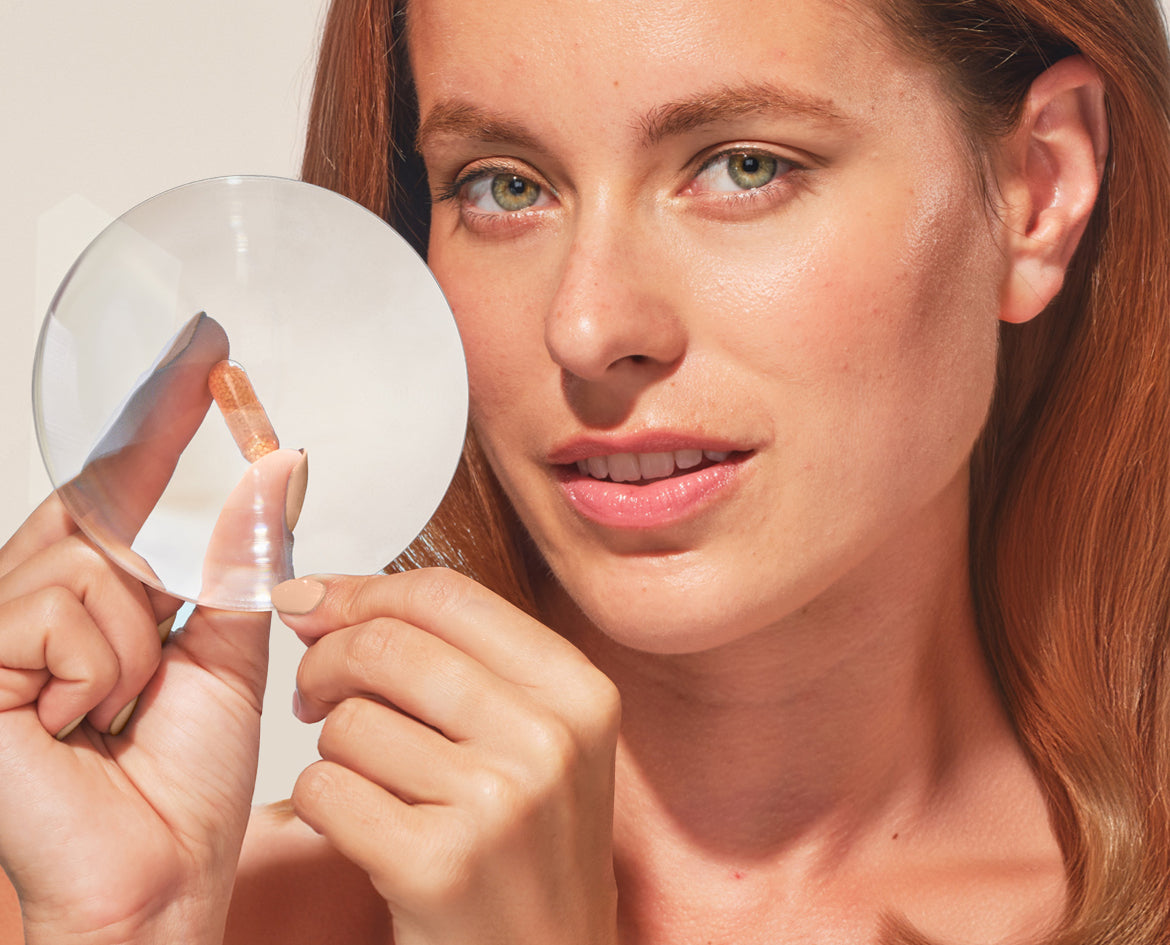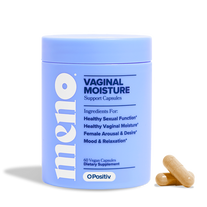Women's Health 澳洲的行运5结果记录官方下载、正版预测计划 #澳洲彩赛事幸运五分钟查阅号码 下载奥5官网历史结果、福彩号码走势图Prioritized


Shop by Health Need
OBGYN-recommended products designed to support you from your first period to well beyond your last.*


Target Symptoms
at the Source
We offer a wide range of innovative,
results-driven products designed to
help women feel better.*

2,500+
studies
TrustedOBGYN-recommended brand‡ using ingredients supported by 2,500+ peer-reviewed studies.
100%
Tested
Every production run undergoes rigorous third-party testing to ensure purity & potency.
reviews
Our products are loved by thousands of women with over 20,000 five-star reviews.
Vagina Report™
A national look at women’s health, education, care, and confidence—built from the voices of thousands of women. The findings reveal what’s missing in women’s health, and how we can move it forward.
READ THE REPORTOver 12,000 5-Star Reviews
Explore Our Products
Meet Our Medical Team

Dr. Roxanne Pero
OBGYN MD, FACOG, FACLM, IFMCP

Dr. Jessica Shepherd
OBGYN MD, MBA, FACOG

Dr. Sasha Hakman
OBGYN MD, FACOG

Dr. Saru Bala
Integrative Women’s Health ND

"Top Women's
Health Product"
"Best Vitamin
for Menopause"
"Best Probiotic
for Women"
Full Page
Feature
Bundle & Save
up to $40
The Daily Vitamin 168综合彩事最新消息-168澳洲体彩幸运5官网结果记录 五分钟一期(澳洲5)中奖号码结果+幸运官方直播奥5计划
Get a daily serving of period hacks, self-care practices, and frequently asked health questions on our blog.















